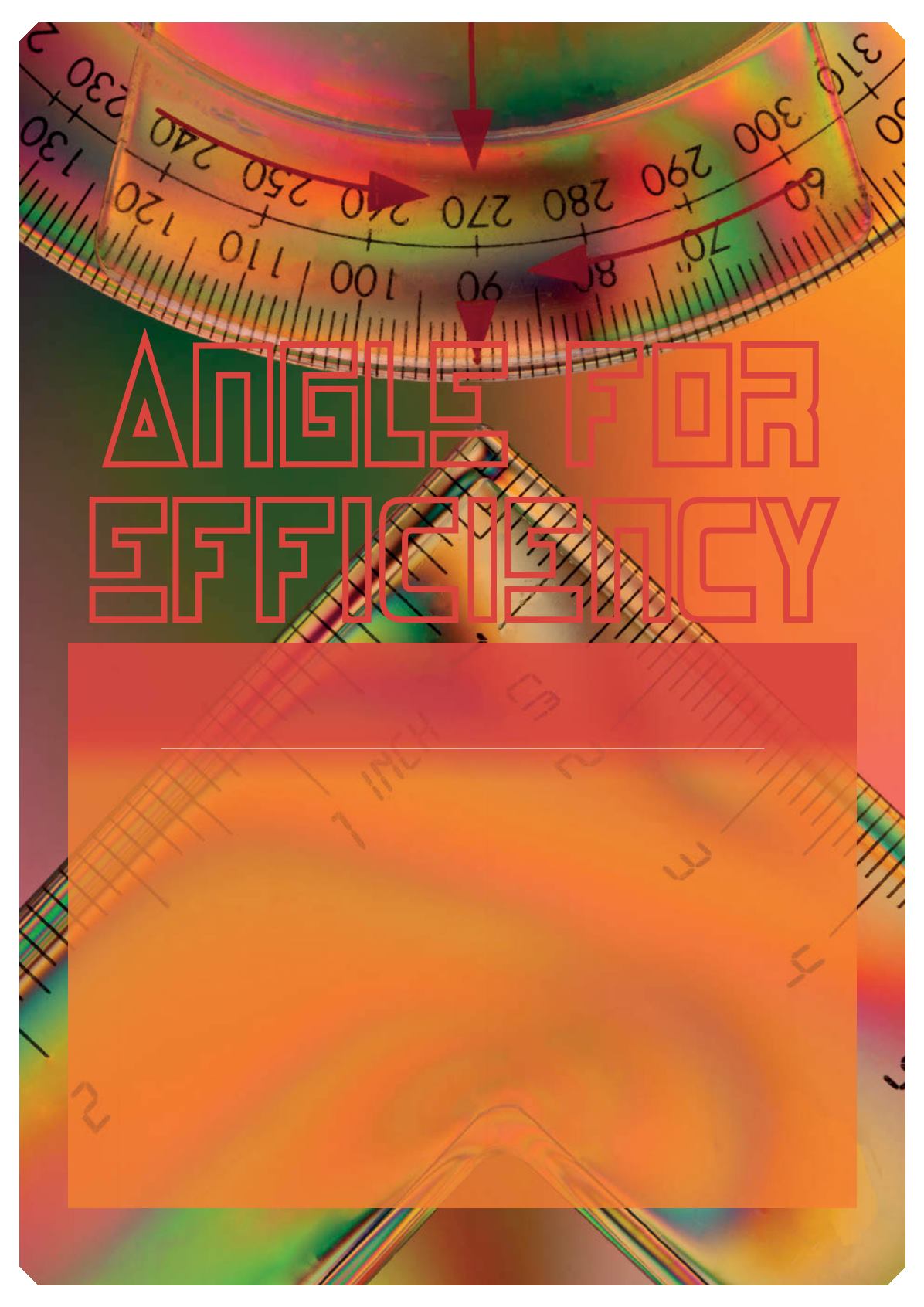
March 2016
|
World Coal
|
33
ANGLE FOR
EFFICIENCY
Dr ranz Wolpers, thyssenkrupp Industrial Solutions AG, Germany,
introduces an energy-balanced steep-angle conveying concept to optimise
operating costs and energy efficiency in quarries and smaller opencast mines.
Q
uarries and opencast mines for ores, building
materials, minerals and coal are often
characterised by steep terraced slopes formed
over many decades by blasting and material
removal. Depending on the stability of the ground, a slope angle
is chosen that will prevent slippage, particularly in loose rock
and in regions at risk of earthquakes.
The terraced slopes with inclines from 25˚ to, in some cases,
75˚ are intersected by slowly rising roads that carry heavy truck
traffic and also secure access to the mine. The serpentine roads
generally have two lanes or feature laybys to allow two-way
traffic. Maintaining these roads is complicated and costly. Larger
opencast mines use heavy load trucks with deadweights from
106 t to 260 t and payloads of 136 – 400 t and more.
In quarries and smaller ore, mineral and coal mines,
all-terrain trucks are also used for haulage, usually with payloads
of 40 – 100 t. The trucks transport uncrushed material from the
bottom of the mine or distant mining areas. They travel on
unpaved, often muddy, gently rising haul roads with gradients
of roughly 4.6˚ to a tipping area outside the mine or a crushing
and processing station near the edge of the mine. The distances
the trucks have to cover are therefore long. Based on an average
speed of 15 – 20 km/hr, a truck cycle can take almost an hour.
A new angle
thyssenkrupp, a global supplier of mining, mineral processing
and materials handling systems, has now developed a new
steep-angle conveying system that makes it possible to
transport hard rock, ore or overburden from a mine more
efficiently by the shortest direct route, while at the same time
significantly improving the CO
2
footprint of the mine
(Figure 1). The system and process, for which patents have
been filed, are based on well-known and proven cable crane
technology from thyssenkrupp and reduce the use and
number of heavy-load trucks in an opencast mine. With
the thyssenkrupp system, the trucks travel only
relatively short distances – and without major gradients –
between the truck shovel loading station and the unloading
point at the steep conveying system. For a given handling
capacity, the number of trucks in a mine can be reduced, with
an associated reduction in capital, operating and
manpower costs.
Even if diesel costs are relatively low at present, it has to be
assumed in light of rising energy requirements and increasing
fuel scarcity that world market prices will rise again soon. In
addition, standards on environmental protection and resource
conservation are being raised worldwide. Both aspects will also


